.jpg)
10 Steps to Create Successful Paid Social Media Campaigns (Updated 2025)
Social media has become an indispensable tool for businesses to connect with their target audience, boost brand awareness, and drive conversions. In fact, global spending on social media advertising is projected to surpass $219 billion in 2025, reflecting its growing value in the digital marketing ecosystem.
But an effective social media strategy calls for more than just consistent content publishing. To maximize your return on investment (ROI), you need a well-thought-out paid social media campaign that aligns with your business goals.
What is Paid Social Media Advertising?
Paid social media advertising is a form of digital advertising where businesses invest money to ensure their content reaches a broader and more targeted audience than organic content alone. These ads come in various formats—text, image, video, carousel, and more—depending on the platform and your campaign objectives.
6 Social Media Platforms for Paid Advertising
- Audience Reach: With over 3 billion monthly active users in 2025, Facebook remains one of the most powerful platforms for reaching a wide demographic.
- Advanced Targeting: Target users based on interests, behaviors, life events, and more—perfect for niche segmentation.
- Ad Formats: From carousel ads and video ads to lead generation forms, Facebook offers versatility for any goal.
→ Explore the essentials in our Facebook and Instagram Ads Beginner’s Guide
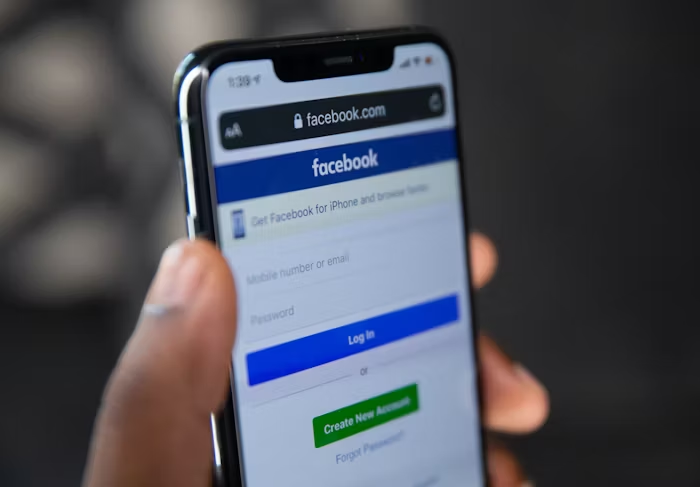
- Visual Engagement: A visually driven platform ideal for brands with strong imagery or creative content.
- Younger Audiences: Popular among Gen Z and Millennials, Instagram excels at influencer marketing and brand storytelling.
- Shopping Features: With Instagram Shops and in-ad purchases, users can shop directly through posts and stories.

- Professional Audience: Ideal for B2B marketing, LinkedIn connects you with industry leaders, decision-makers, and professionals.
- Precision Targeting: Target by job title, company size, industry, and more.
- Thought Leadership: A go-to platform for sharing whitepapers, reports, and business insights.
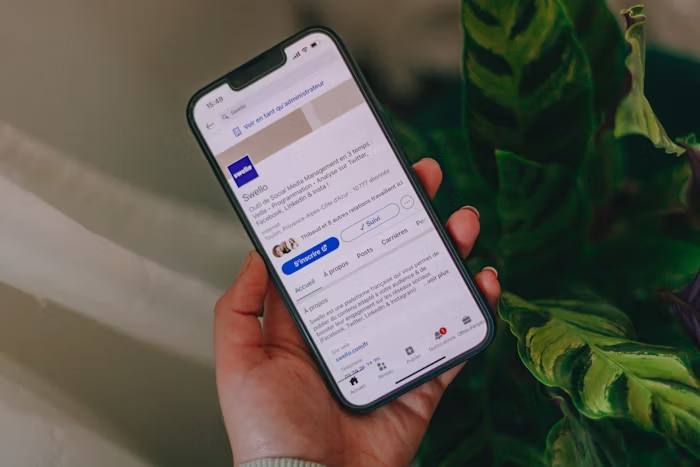
X (formerly Twitter)
- Real-Time Reach: X is the place for live conversations, news, and event-driven marketing.
- Promoted Trends & Tweets: Cut through the noise with sponsored visibility during trending conversations.

- Visual Discovery: A great platform for home, beauty, fashion, food, and DIY-related products.
- Buyable Pins: Users can purchase directly from the platform, simplifying the customer journey.
- Content Longevity: Pins can remain discoverable for months, unlike time-sensitive posts on other platforms.

TikTok
- Highly Engaged Audience: TikTok users spend over 95 minutes per day on the app in 2025, offering brands valuable time in front of users.
- Creative Format: Short-form videos foster engagement, authenticity, and viral potential.
- Paid + Organic Synergy: TikTok Ads combined with influencer partnerships or UGC can skyrocket visibility.
Pro Tip: When choosing platforms, factor in your target audience, campaign goals, and creative assets to determine the best fit.
→ Master TikTok Ads with this essential campaign guide
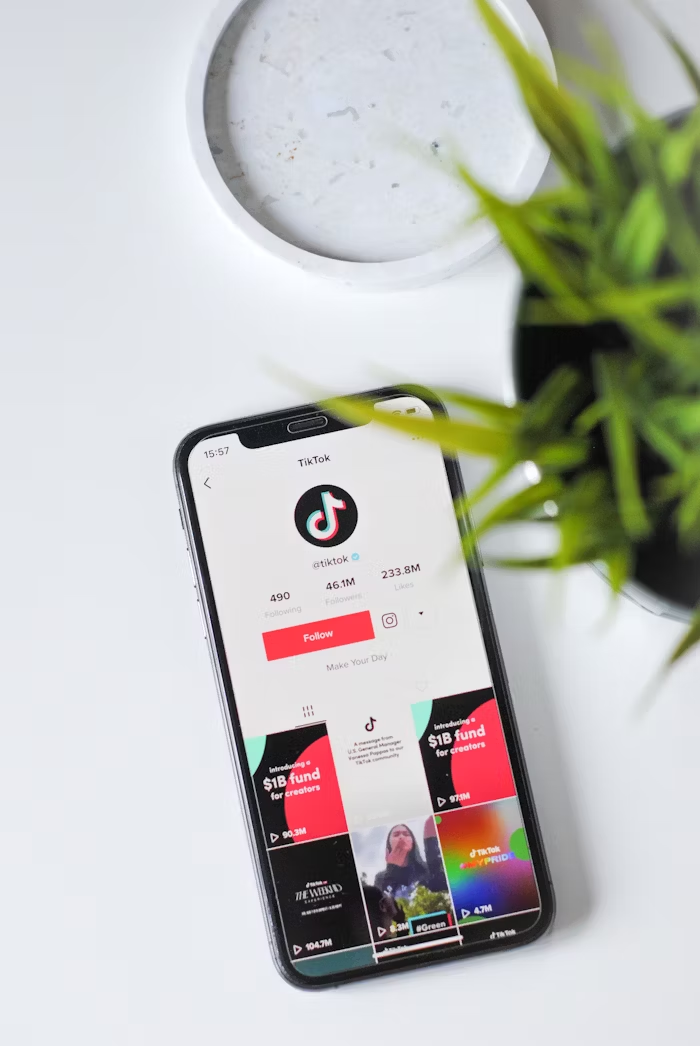
When Should You Invest in Paid Social Media Advertising?
- When You Have Clear Objectives
Whether it’s lead generation, website traffic, or direct sales—paid ads work best with defined goals. - When Organic Reach Is Low
As algorithms evolve, paid ads are necessary to consistently reach your audience beyond your follower count. - During Product Launches or Promotions
Launches and seasonal campaigns benefit from the immediate visibility and traction paid media provides. - To Compete with Rivals
If your competitors are running paid campaigns, not participating can leave you behind. - When You Need Quick Results
Paid social delivers faster outcomes than organic content, making it ideal for short-term goals.
10 Steps to Create Successful Paid Social Media Campaigns in 2025
Step 1: Set Clear Objectives
Set measurable goals aligned with your marketing funnel:
- Awareness Stage: Aim to increase brand visibility, impressions, or followers.
- Consideration Stage: Drive website traffic, email subscriptions, or video views.
- Conversion Stage: Focus on purchases, sign-ups, or leads.
Align your campaign objectives with each stage of the funnel to move users from discovery to decision.

Step 2: Know Your Audience
Define your audience through:
- Demographics: Age, gender, income, education, location.
- Behavioral Traits: Interests, pain points, purchasing behavior.
- Online Habits: Platforms they frequent, content types they prefer, and their communication preferences.
This clarity allows for precise targeting and stronger messaging.

Step 3: Choose the Right Platforms
Not every platform will suit your brand. Choose based on:
- Audience demographics
- Industry type (e.g., B2B vs. lifestyle)
- Campaign goal (brand awareness vs. lead generation)
- Creative assets available (video, photography, written content)

Step 4: Develop a Content Strategy
Create content that’s visually engaging, emotionally resonant, and optimized for each platform. Use:
- Short-form videos (ideal for TikTok & Reels)
- High-res images (for Instagram & Pinterest)
- Thought leadership posts (for LinkedIn)
Maintain consistency with a content calendar aligned to campaign phases.

Step 5: Set a Budget
Budgeting in 2025 involves balancing cost and return. Consider:
- Your Campaign Goals: Awareness campaigns require less spend than conversion-driven ones.
- Platform Costs: LinkedIn CPCs remain higher, while Meta platforms are more flexible.
- Ad Format: Video ads may cost more than images but also offer higher engagement.
- Target Audience Size: A broader reach generally costs more.
Start with a test budget, analyze performance, and scale based on results.

Step 6: Target Effectively
Use advanced targeting tools to reach the right audience:
- Demographic targeting (age, location, gender)
- Behavioral targeting (purchases, online habits)
- Lookalike audiences and retargeting for precision
Don’t just reach more people—reach the right people.

Step 7: Create Eye-Catching Ads
Your ad’s visual and copy must stop the scroll. Focus on:
- High-quality imagery or short videos
- Clear messaging and CTAs
- Mobile-first design
- Testing variations using A/B testing (next step)
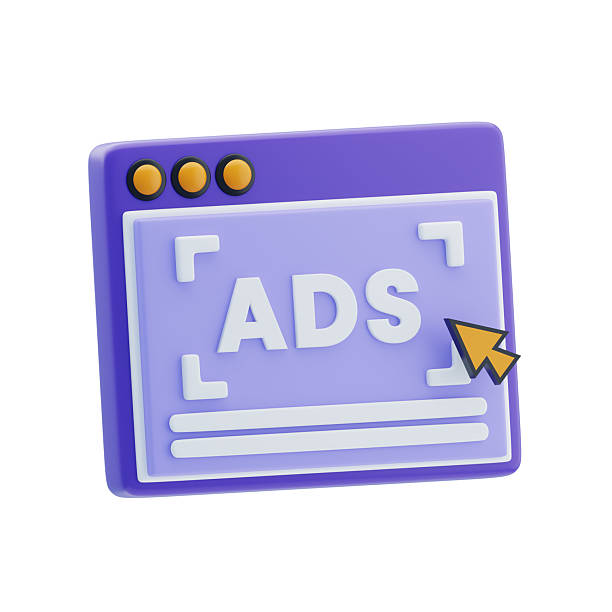
Step 8: Monitor and Optimize
Track KPIs like:
- Click-through rate (CTR)
- Cost-per-click (CPC)
- Conversion rate
- Return on ad spend (ROAS)
Use this data to tweak targeting, ad design, and budget allocation in real time.

Step 9: Implement A/B Testing
Test one variable at a time:
- Headlines
- Images vs. video
- CTA buttons
- Targeting options
Split your audience randomly and compare performance metrics to identify what resonates most.
→ Learn A/B testing strategies in our 2025 optimization guide
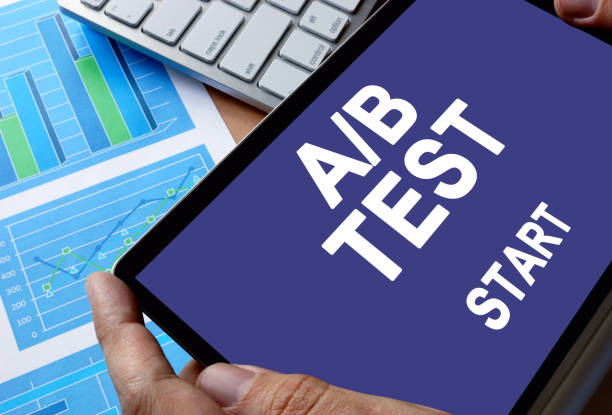
Step 10: Analyze and Report
Generate detailed reports covering:
- Campaign spend and ROI
- Performance by platform and audience segment
- Ad creatives that performed best
Use these insights to refine future campaigns, build on wins, and cut what doesn’t work.

Final Thoughts
Paid social media advertising remains one of the most effective ways to amplify your brand, drive conversions, and stay competitive in 2025. With new platform features, smarter targeting tools, and increasingly engaged audiences, now is the time to build paid campaigns that stand out.
With the right combination of strategy, creative execution, and data-driven optimization, your brand will not only reach new audiences—it will connect, convert, and grow.
.

